SCHOOL PHOTOS
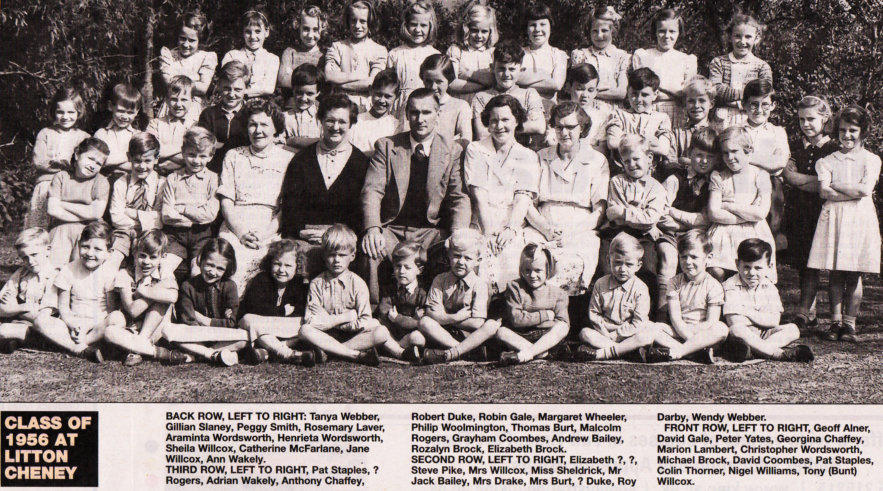
1868 REPORT BY SCHOOL INSPECTOR
In November 1868 the Schools Inquiry Commission published the Special Reports of Assistant Commissioners to both
Houses of Parliament. The Assistant Commissioner for the South West Division was Mr. C.H. Stanton and it is his report on
the Litton School at Litton Cheney, Dorset which follows.
MR. STANTON’S REPORT
Half-way between Dorchester and Bridport, approached from the main road by deep lanes, often not more than six or seven
feet wide, at the base of the southern slope of the great chalk range which stretches from the Isle of Purbeck to Bridport, lies
the village of Litton Cheney, containing 500 inhabitants and 3,817 acres. A brook of the purest water bursts from the hill and
runs through the village.
Robert Thorner, by his will in 1690, appointed £20 per annum to be paid towards the maintenance of a free school to teach
the male children of Litton Cheney to read, write, cast accounts, and grammar, from the age of 6 to 15; and the foundation
was augmented by the gift of a schoolhouse in 1776 by Thomas Hollis. There is also an apprenticing fund, forming part of
Thorner’s charity, and established by his will, whereby boys from this parish as well as from Salisbury, Dorchester, and
Southampton, are entitled to £5 as an apprentice fee, and £5 more when they are set up in trade.
The founder nominated his own trustees, and directed that they should each nominate his own successor.
The present trustees are three in number and all Nonconformists and non-resident; one, a dissenting minister, resides at
Southampton, and the two other gentlemen arc laymen and reside in London. A gentleman, a dissenter, lately a wine
merchant at Dorchester, who takes an interest in school matters, at the request of the trustees, manages for them whatever
business may require personal attention at Litton. The trustees are allowed by the founder £10 a year for their trouble; a sum
which might with advantage be given up to increase the small endowment. The present master is a worthy old man, old
fashioned in his notions of teaching, and has occupied his post for 30 years; he had been a schoolmaster before he was
elected here. He was assisted by his wife and by his grandson, a lad of 13, in the school. There was no other teacher. No
attendance book nor any record of the boys’ work was kept. The schoolroom is 27 feet by 18 feet, and. 10 feet high; the
windows and the fire-place are the only means of ventilation. Three girls, private pupils of the mistress, were being taught
there; five very little boys were also among the scholars. Altogether there were 28 present when I visited the school. More
than half of them were labourers’ children, but there were a few of a higher class, such as a policeman, tailor, or blacksmith.
Farmers’ sons also came occasionally, but at present there are said to be none in the parish of the proper age. They were all
very young—with one exception under 12. Many of them, to use their own formula, were “going in their 8 or 9.”
I cannot speak favourably of their attainments. There was hardly one in the upper part of the school who could read with
sufficient plainness for me to understand him without following the words myself in a book, and their dictation was very bad.
Very few attempted any sum beyond the addition of money, and still fewer could divide £73 by 365. An attempt of the boys in
the middle of the school to write out from memory the Lord’s Prayer was lamentable, the letters in many cases representing
a conglomeration of sounds only faintly recalling the original. Some of them could do simple multiplication.
The master receives £25 a year in money. He occupies a tolerably large house or cottage, half of which he lets off to another
family. He once took eight boarders at £16 each, but found it unprofitable, and has discontinued it. He occupies about two
acres adjoining the house rent free, which belongs to the charity, on condition that he keeps the premises in repair. The
slates and the plastering of the roof were in a bad condition when I visited the house.
The trustees live at too great a distance to see much of. the school. There are no examinations. For four years together the
master only saw one trustee and on one occasion. I understand that the predecessor of the present master was a Unitarian;
a Kentish gardener, who, by violent preaching and still more violent temper, disgusted the parish and emptied the school.
In 1838, the stipend of £25 being considered, as in fact it is, wholly insufficient for the payment of a competent master, the
trustees promulgated a notice that they intended to raise his salary by the imposition of a capitation fee upon those boys
whose parents could afford to pay it. The parish rose in arms against this, considering that by the terms of the will the richest
as well as the poorest were entitled to a free education, and that this attempt by the trustees was entirely ultra vires. The
parishioners seem to have had no objection to the principle of the proposed charge, but only to the manner of making it; for
at a vestry meeting held April 23, 1838, it was agreed “that all persons above the class of common labourers should, by a
voluntary payment, contribute 3s. per quarter for the instruction of each child and that this should not grow into a customary
right, this document was to be entered into the ” vestry book repeatedly every year.” This agreement was signed by 19 of the
principal inhabitants. Under this authority, the head master now receives 3s. every quarter from each of about 13 children.
The existence of this school in the parish renders it impossible to establish a National school. The present head master
attends the parish church and works well with the rector, who speaks of him highly, and who pays him £5 a year for holding a
night school on two days in the week.
It is unnecessary, perhaps, to say that the rector has no authority whatever in the school; he is never consulted as to what
boys in the parish are deserving objects for the apprentice fee, and any interference on his part would be regarded with
jealousy. An application made by him to the trustees for the use of their schoolroom on Sunday, when it was disengaged, for
his Sunday school, was refused. The rector now holds his Sunday school in a room he has fitted up for the purpose at his
own house.
There is no day school for girls in the parish, who are obliged to attend the schools of the neighbouring villages, several of
which, though smaller than Litton, have good parochial schools. Were it not for its “endowed grammar” school, a good parish
school would also probably be found at Litton Cheney.
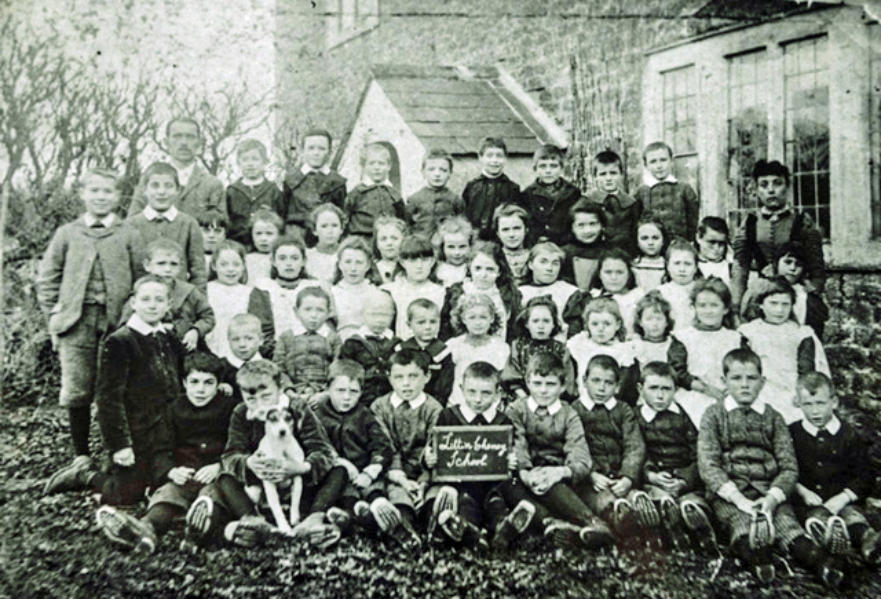
1899 - 50 Pupils
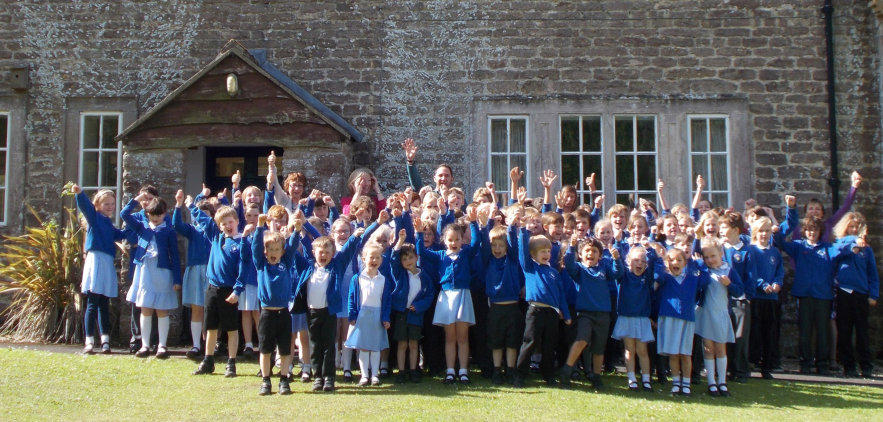
2016 - 60 Pupils
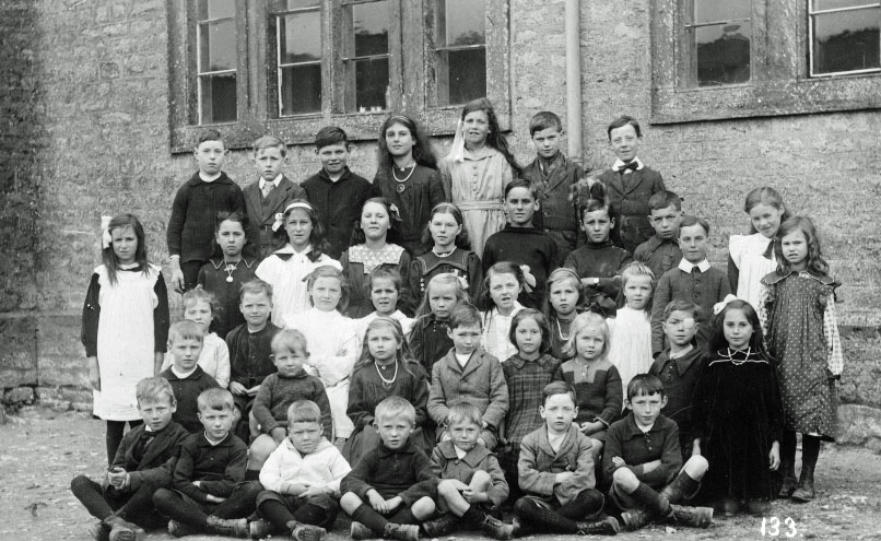
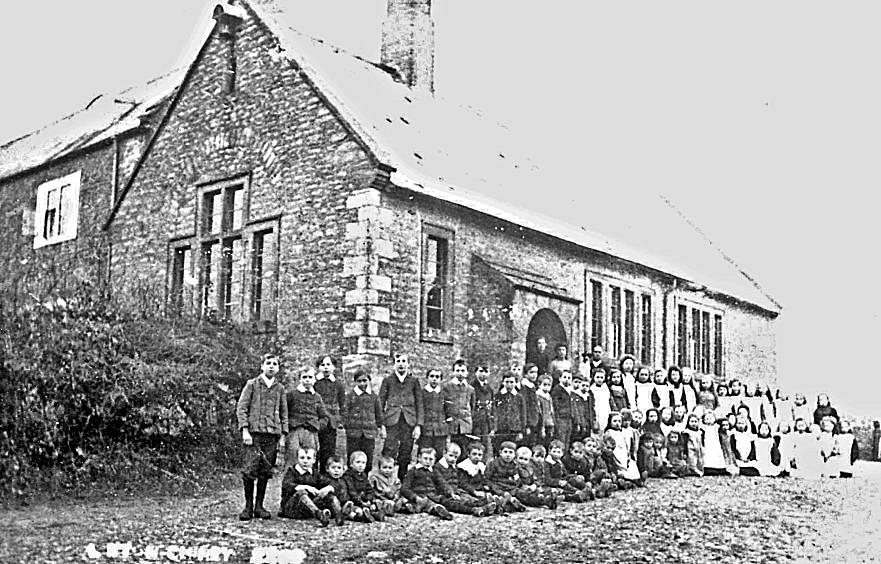
1905 ? - 65 Pupils
1920 ? - 42 Pupils
1956 - 42 Pupils
This history was written by my predecessor, Alison Johnstone, who was Headteacher of the school for 12 years until her
retirement in July 2011. Alison, in turn, paid tribute to Jack Bailey, another former Headteacher of the school, for the
information he provided, as well as for all his hard work in tracing the history of both the school and of the original benefactor,
Robert Thorner.
Thorner's is one of the oldest surviving village schools in Dorset. It was founded in 1690 as an independent endowed school
by Robert Thorner of Baddesley, near Southampton.
In his will of May 1690, Robert Thorner bequeathed £20 per year to be paid towards ‘the maintenance of a free school to teach
the male children of Litton Cheney to read, write, cast accounts, and grammar from the age of 6 to 15, the schoolmaster to be
nominated by the Trustees'.
It is not certain when the school was set up but it is probable that a Thomas Davies was its master. He was buried in the
churchyard in 1746. By about 1750, a house 'for the habitation of the schoolmaster' and a small schoolroom, 18ft by 27ft, had
been built by the Trustees.
The Rev Kirkup was at the school in 1793, followed by the Rev Seward in 1816. There then followed a master who
'disseminated Unitarian Principles in a manner so offensive that the parents refused to send their children to his school'. In
1834, the Charity Commissioners found that no money had been spent on repairs and recommended that the schoolroom
should be rebuilt - this took 40 years!
1868 saw a visit by Mr Stanton of the Schools Inquiry Commission who expressed considerable concern regarding the state of
the school and its trustees - see full report below.
At this point the villagers raised the £230 needed to provide the schoolroom which is still in use today. From this time on,
Thorner's Trust was the legal owner but the school was managed by six governors. The education side was taken over by the
Board of Education, later the Local Authority, but the village had to maintain the buildings. Soon afterwards, the school became
the junior and infant school which it remains today. In 1952, it was known as Litton Cheney Voluntary Aided Church of England
School but a few years later, and after negotiations, it was renamed Thorner's Litton Cheney Church of England Voluntary
Aided School.
In 1968, two new classrooms, a dining hall/hall and canteen kitchen (no longer in use as a kitchen!) were added at a cost of
£20 000. The following year Hill Close was converted into a playing field and the School Parents' Association provided a
heated swimming pool.
John Foxwell became Headteacher and was the last of the 'Masters' to live in the house.
Stephen Mason was the first Headteacher not to occupy the house. During his time numbers increased and it became
necessary to incorporate the schoolhouse into the teaching area. So, in 1995, the master’s house provided the fourth
classroom, a spacious staffroom, a library and a staff toilet/shower room.
In September 1999, Alison Johnstone took up the Headship. She worked hard with the village and parish council to achieve
the building of LATCH, the Litton and Thorner’s Community Hall. This significant resource is shared equally by the school and
the village and is, as far as I am aware, the only hall of this nature in the country.
I became Headteacher in September 2011.
Jyotsna Chaffey
BRIEF HISTORY
THORNER’S LITTON - A DISSENTING SCHOOL IN DORSET by C J Bailey
A more detailed history of Thorners School and its relationship to Robert Thorner was produced in 1989 by C J (Jack) Bailey
a former headmaster. It can be read HERE.
THORNERS SCHOOL
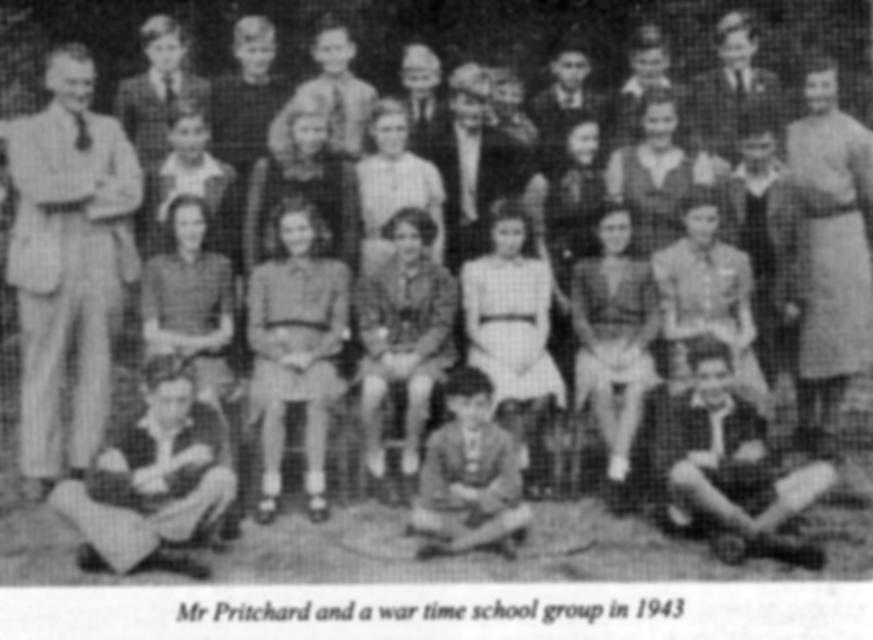
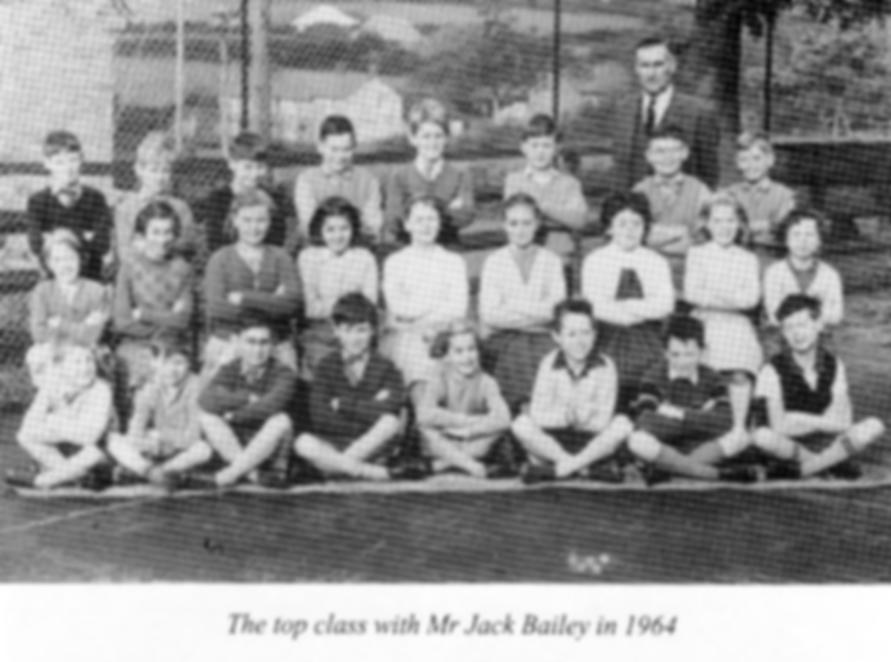





Village Information v
Local Amenities v
Village Amenities v
About Litton Cheney v
Dorset Council v
Parish Council v